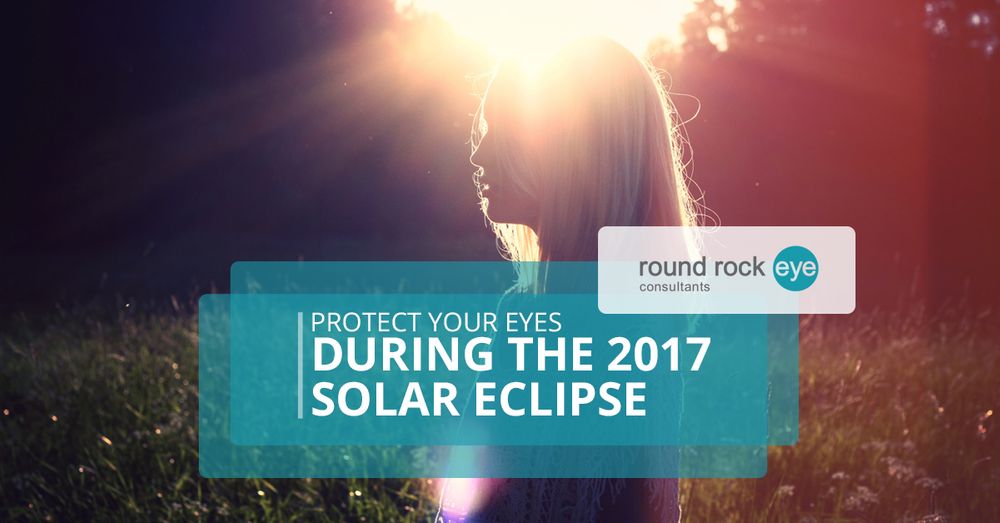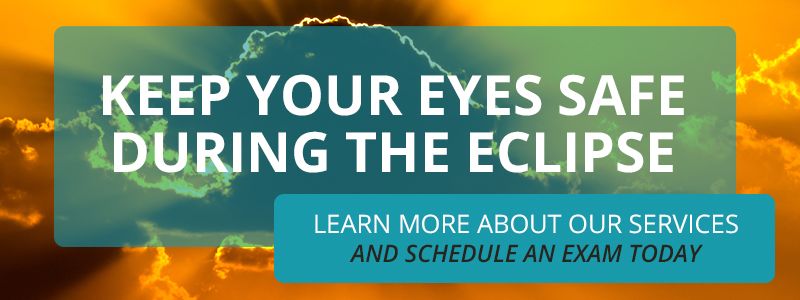Hello, and welcome back to the Round Rock Eye Consultants blog. On Monday, August 21, a total solar eclipse will be visible within a band that stretches across the entire United States for the first time since February 1979. People across the nation will be flocking to prime viewing locations to witness this incredible solar phenomenon in person. While the total phase of the eclipse will not visible here in Austin, it can still be observed as a partial solar eclipse. Although this is a very exciting event, it raises concern for those of us in the eye care profession. Looking directly at the sun’s rays is never safe; however, viewing a solar eclipse during the partial phase without the proper protection is very dangerous and can seriously damage your eyes, and may even cause blindness. In today’s blog post, we will discuss viewing approaches to avoid, and we will explore several ways to maintain your eye safety while viewing the solar eclipse.
How Not to Watch the Solar Eclipse
According to NASA, the only time it is safe to view a solar eclipse is during “totality”—during the total phase when the moon completely blocks out the sun, and the sun’s brightness is similar to that of a full moon. Otherwise, the sun is dangerously bright and can seriously damage your eyes. Avoid these approaches when watching the eclipse:
Ordinary Sunglasses: Some might think that sunglasses, even those with powerful UV protection, might protect their eyes during the partial eclipse—this is false! Unfortunately, sunglasses of any kind do not provide the necessary protection required to shelter your eyes during the partial phase of the eclipse.
Homemade Filters: In the age of DIY, many people assume they can create their own viewing apparatus, which is a dangerous gamble.
Viewing Devices: Avoid looking at the uneclipsed, or partially eclipsed, sun through a telescope, binoculars, an unfiltered camera, or other optical devices.


